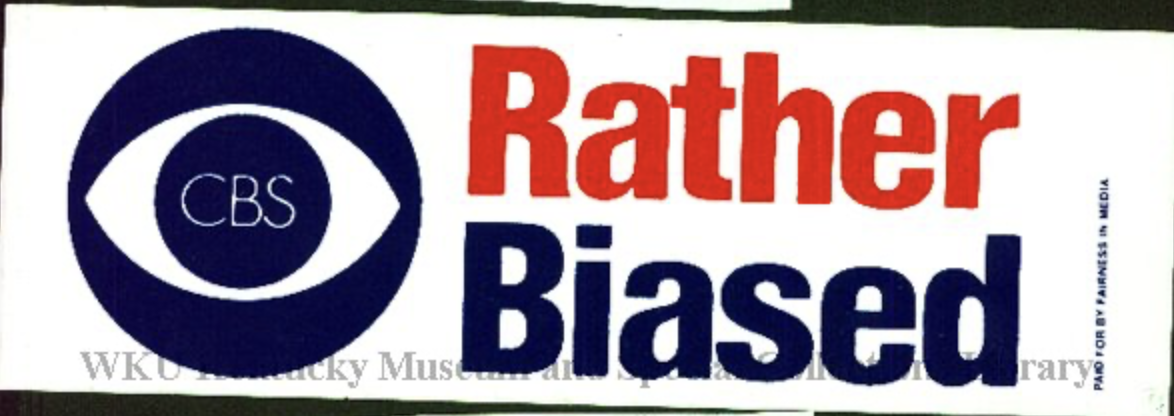So much going on in South Florida this Week! Sept 5, 2025
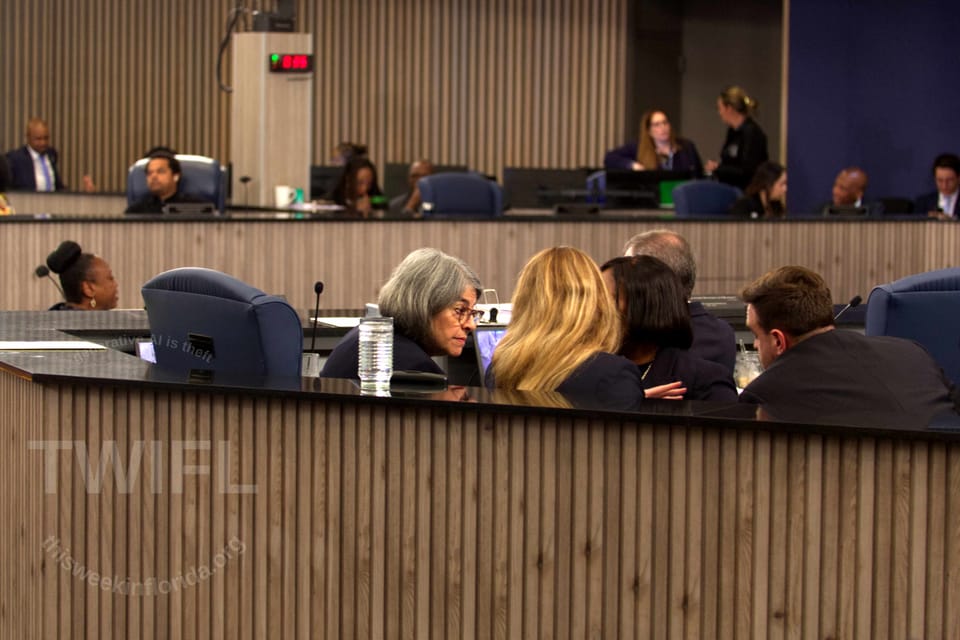
Table of Contents
Introduction
Welcome new subscribers. You're very appreciated!
The week was so busy we here at This Week in Florida are having a hard time remembering everything that happened. Sunday was the fifth consecutive prayer vigil at the South Florida Detention Center otherwise known by a racist name. TWIFL was there and even put together a video for you to check out what it was like being at the prayer vigil and the sorts of things the coalition of interfaith religious leaders were saying.
The very next day TWIFL covered two Labor Day "Workers Over Billionaires" protests in South Florida.
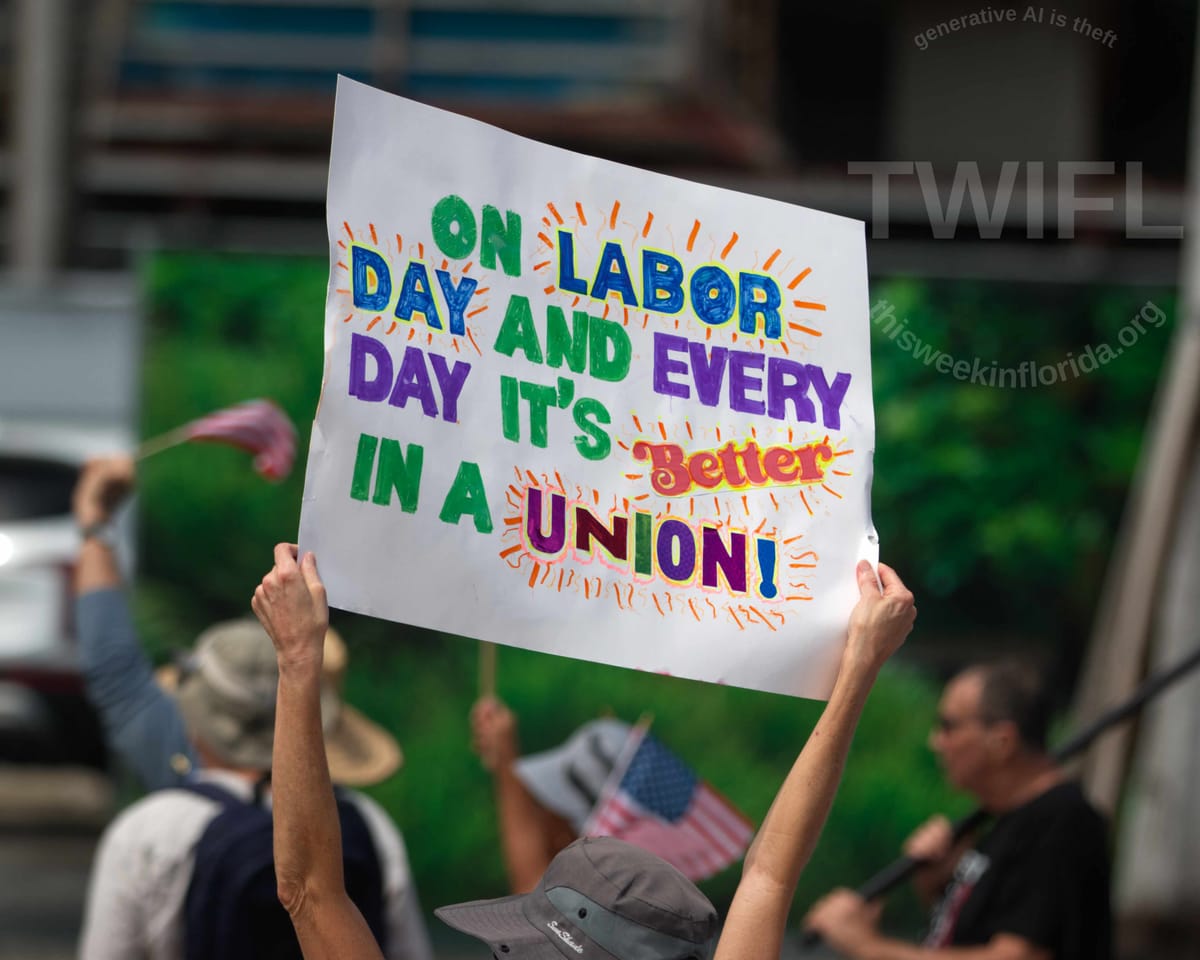
As well as the "We Are Miami" Rally put together by several local and state unions.
On Thursday, September 4, 2025, TWIFL main author (also, only author and contributor, so far), Philip Cardella, stood in line for over five hours to speak one minute to the Miami-Dade Commission about the need to increase funding to Miami-Dade's extremely successful Eviction Diversion Program.

It'd be great if you could check those out as each one was a ton of work. If you like them and you are able, supporting This Week in Florida, either by making a tip or donation or by purchasing some of our awesome photography (as two of you did last week!), would be most appreciated.
Click on the button below labeled "South Florida Outback" to see my South Florida photo gallery.

Finite
Disappointment
The Revenge of the Detention Center in the Everglades
The abomination (yes, we try to stay reasonably neutral here, but the atrocity crosses the line way too far on way too many levels), was given a (hopefully temporary) reprieve from its ordered closure by an Appeals Court while the appeal moves through the court. So...expect more videos and photos from prayer vigils across the street from the site.
Yes, it's hard to live in Florida right now financially
A new report by WalletHub and reported on by Moneywise says that Florida is the second most "Financially distressed state in the US." Only Texans have it worse. From the Moneywise coverage:
“When you combine data about people delaying payments with other metrics like bankruptcy filings and credit score changes, it paints a good picture of the overall economic trends of a state,” WalletHub analyst Chip Lupo said about the findings.
Louisiana, Nevada and South Carolina round out the five most financially distressed states in the union.
This is consistent with a Fall 2024 report by Consumer Affairs that showed that a higher percentage of Floridians pay more than they can afford in rent than any other state in the country and that the worst offenders for this are South Florida's two biggest counties, Miami-Dade County and Broward County.
What's worse, the tri-county area known as "South Florida" has the ninth lowest home ownership rate in the nation, ranking just below Honolulu.
This is even proving true for corporations like Spirit Airlines, which is closing four routes to Broward County's Lauderdale-Hollywood International Airport, while it filed for bankruptcy protection last week. The second time it's filed for bankruptcy protection this year.
Frontier Air is adding six routes to FLL, so, maybe its just Spirit.
On the other hand, international travel to Fort Lauderdale, the nation's 13th busiest airport for international travel (above West Coast international hub Seattle-Tacoma International and New York's LaGuardia), is down a staggering 21.5% this year, pushing WLRN's Tom Hudson to wonder "Is South Florida's shine dimming for tourists?"
And that might not even be the worst of it...
There's this story about a Miami-Dade police officer being convicted for doing the unthinkable to children. Miami nights are hotter than ever, and that's not some double entendre– in the 1980s the overnight low broke 80 degrees and average of 15 nights a year while in the 2020s it tops 80 degrees for a low 44 nights a year. A hurricane may be headed our way. Measles is definitely headed our way, just like it was when Robert F. Kennedy Jr. got people in Samoa to stop using the MMR vaccine, pushing the measles infection rate to 3% and 83 people, mostly children, died (out of a population of about 200,000, which is about half the population of the City of Miami) from measles. Now, following his guidance, Florida's Surgeon General and Governor are planning to end vaccine mandates across the board.
The short documentary below is about the Samoan measles outbreak in 2019 and Kennedy's role in it.
Good grief, time to talk about something less depressing!
Florida
Gonna Florida

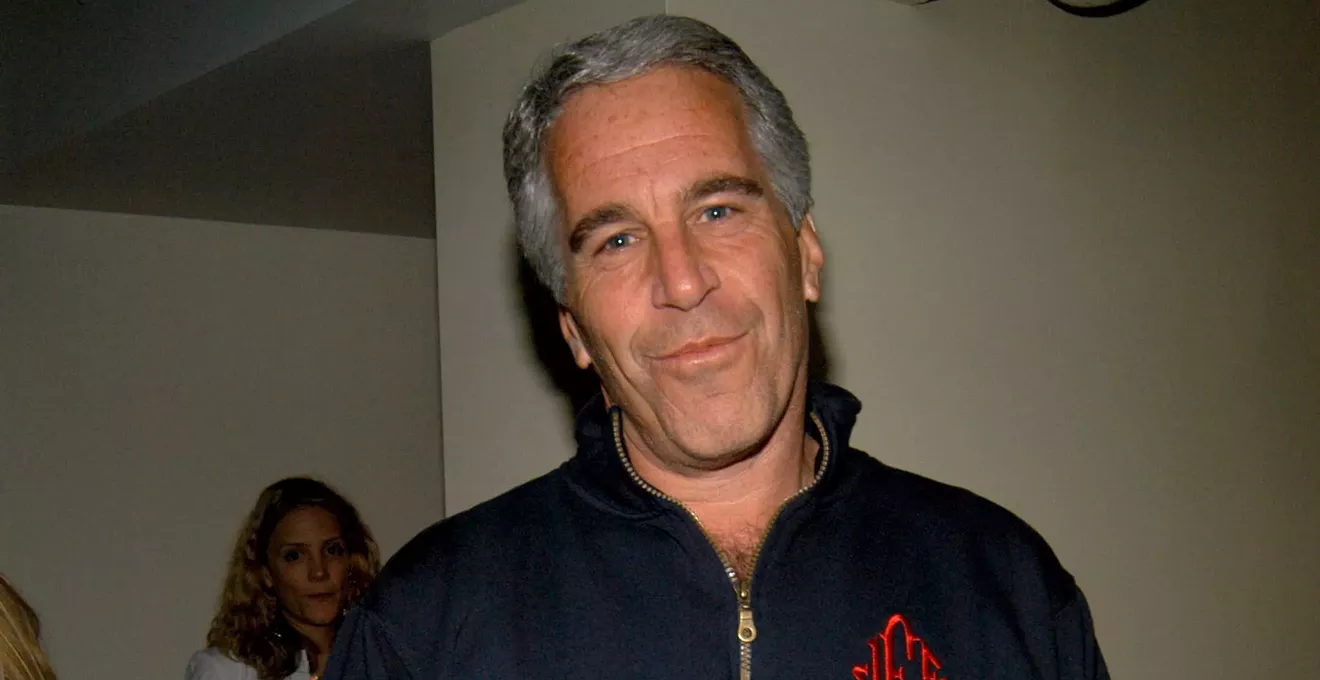
Not sure these stories were less depressing, but Florida gonna Florida.
Historic
Interlude
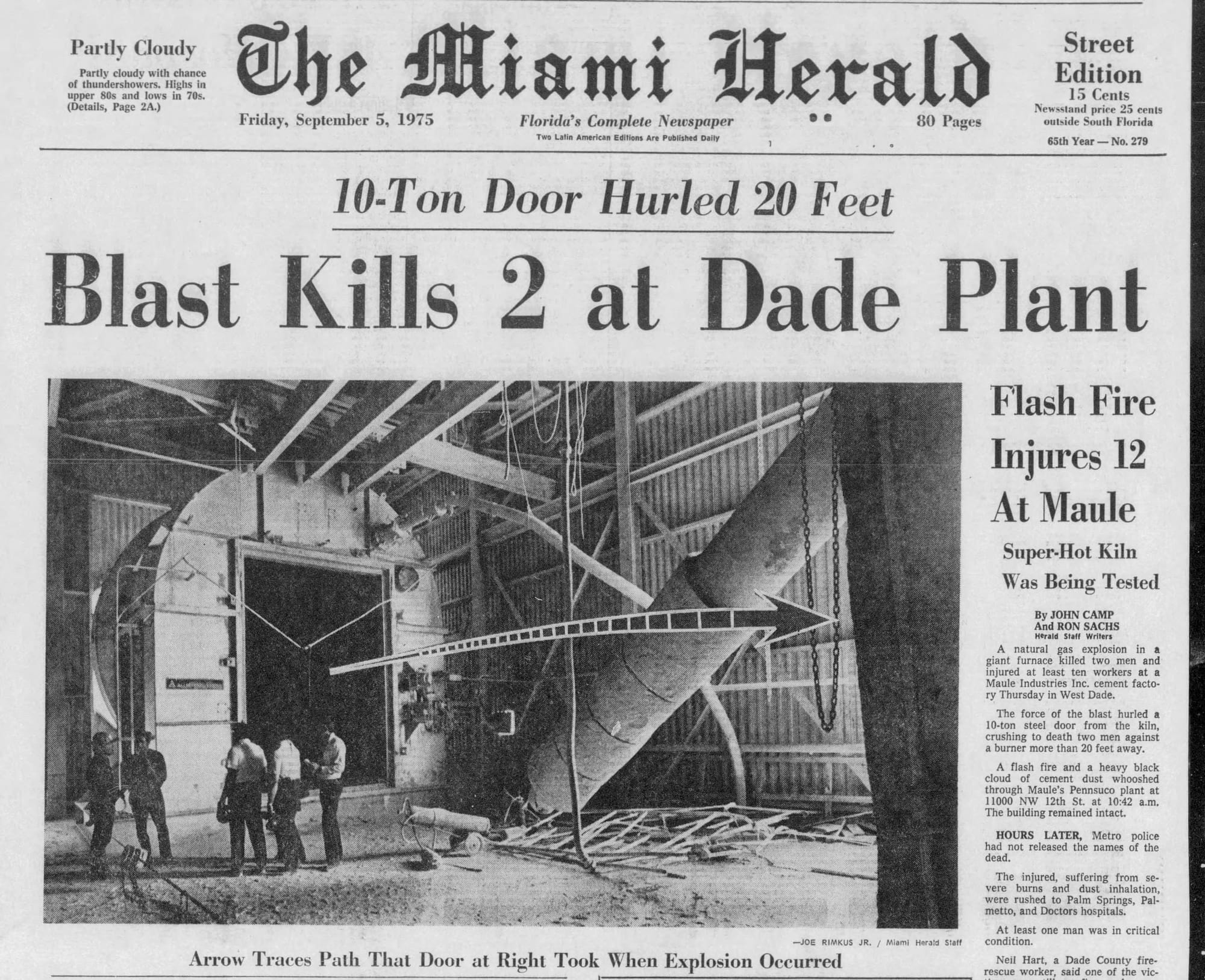
Do you remember this? Fifty years ago this week a cement kiln in Dade county exploded blowing a ten ton door over twenty feet and killing two men. Another died as well due to the blast. Here's where the story gets really interesting. The owner of the kiln was a company called Maule Industries. The owner of Maule Industries? Maurice Ferré, who you may recall as the Mayor of Miami for six terms from 1973 to 1985. He's sometimes remembered as "The Father of Modern Miami."
But with a construction empire in the mid 1970s during a recession it didn't seem like he was going to be father of much. The New York Times ran a piece in 1977 about Maule Industries entitled "Downfall of a Florida Empire."
Amazingly, the only mention of the plant where the explosion occurred in 1977 NYT piece was this:
Maule's half‐finished Pennsuco plant 15 miles northwest of Miami is operating at about 50 percent of capacity, turning out cement and other building materials. A thick layer of white dust overlays millions of dollars worth of brand new equipment scattered across Maule's Pennsuco site covering thousands of acres there.
A thick layer of white dust overlaying millions of dollars of equipment got there how exactly? Could it have been the explosion that sent a 20,000 pound door twenty feet across the room? The Times didn't seem to care.
Perhaps it was unimportant in the grand scheme of things. On the other hand, the September 5, 1975 story, which took up more than an entire page in the Miami Herald, included this graphic description:
Neil Hart, a Dade County fire-rescue worker, said one of the victims was still on fire as he was rushed away on the back of a flatbed truck.
"We met the truck on the way to scene. We stopped it and there were still flames on this man. His clothes were still on fire. We shifted him to our truck and assisted him in breathing. But he was burned over 100 per cent of his body, and if he lives it will be a miracle," Heart (sic) said...
"When the employes (sic) picked him up, they rolled him on the floor to try to put the fire out," said Hart. "This is a natural thing to do. But in this case they rolled him in deep cement dust. So now he is burned over 100 percent of his body and he has this cement dust ground into his skin."
When Hart's vehicle reached the site, he found the plant "blown out with people trapped inside. The ones who died were crushed and burned," Hart said.
The burned man did in fact perish from his wounds.
The kiln was still new and was in fact being tested when it exploded. I might research this more, but it seems to me that the reason the facility wasn't fully operational two years later might have had something to do with the kiln in the center of it exploding.
A quick look at the newspaper archive doesn't seem to mention the explosion much aside from the inevitable lawsuit from survivors and families of the deceased and some finger pointing at OSHA for not protecting Floridians enough (see Miami Herald's July 18, 1972 story "Danger: Is the Occupational Safety and Health Act protecting Florida workers from hazards" by Jane Scholz), rather focusing, as the New York Times did, on the demise of Ferré empire, with a May 8, 1977 piece in the Herald with the headline "Bankrupt or not, Ferré intends to run again."
The Wikipedia entry for Maurice Ferré makes no mention of the blast. Nor did the Miami Herald's 2019 obituary on the "Father of Modern Miami."
Infinite
Hope
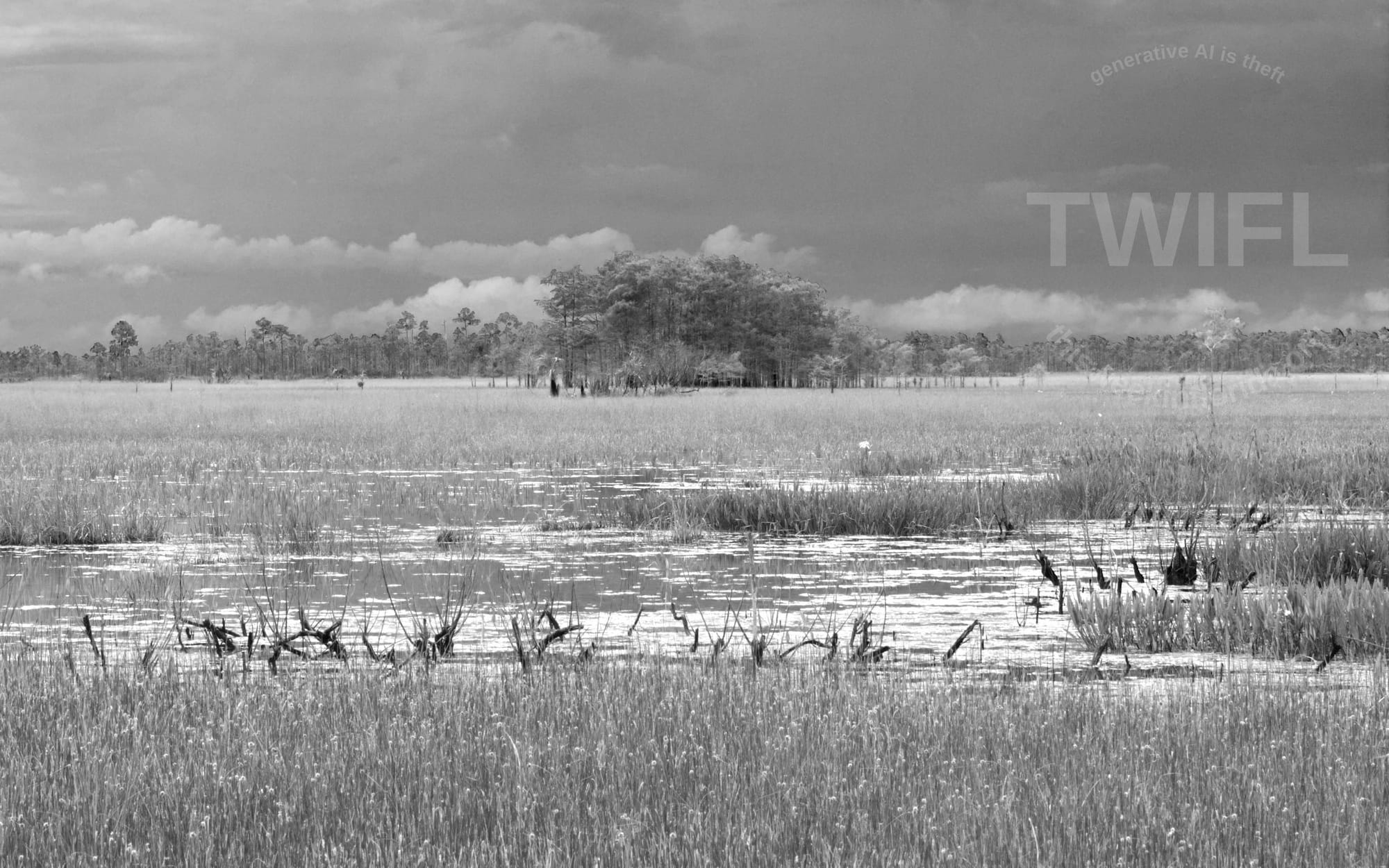
Yay, for happy places!
For the first time since the abomination on US 41 was announced, I made my way into the Everglades just to be in my happy place. Despite an astonishing, and I mean astonishing after having lived here for going on five years, amount of humidity and a truly terrifying, yet seasonal, abundance of mosquitos (come back birdies it's feasting time!) it was a magnificent drive down to Flamingo to spot this pretty girl in the marina.
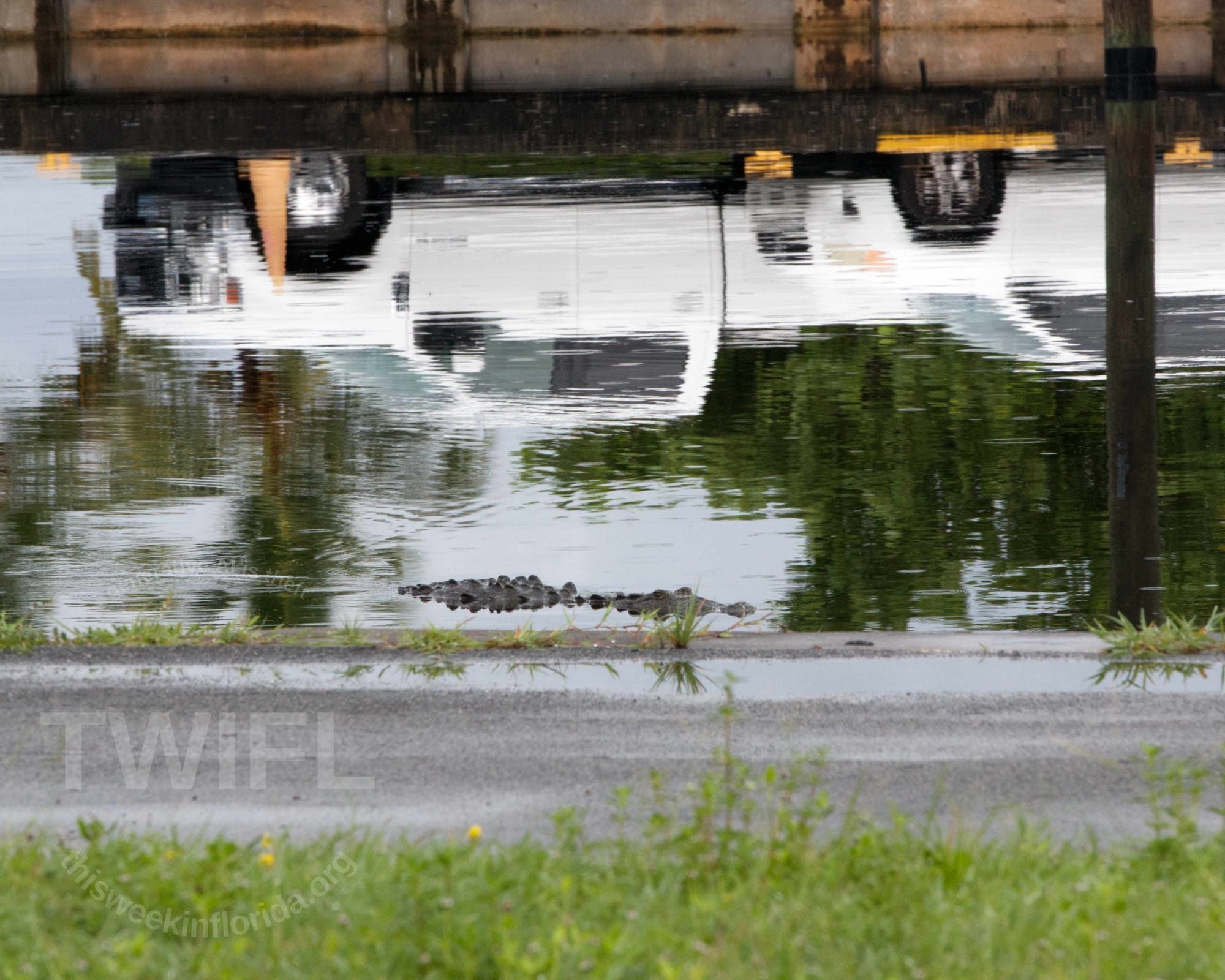
How do I know this is a pretty girl and not a pretty boy? Well, for starters, this one's not that big. Maybe 7 or 8 feet. I know there's a female that lives there that locals call Daphne and I suspect this is her.
And, the big male that rules this marina, Freddy, as in Freddy Kruegar, got his name because he doesn't let males live long in his spot. Hence, this is probably a female.

As mentioned in the introduction, two people purchased images from TWIFL's online photography gallery of the Everglades, making it an even more special place this week.
And what's a happier building than one with a bookstore!
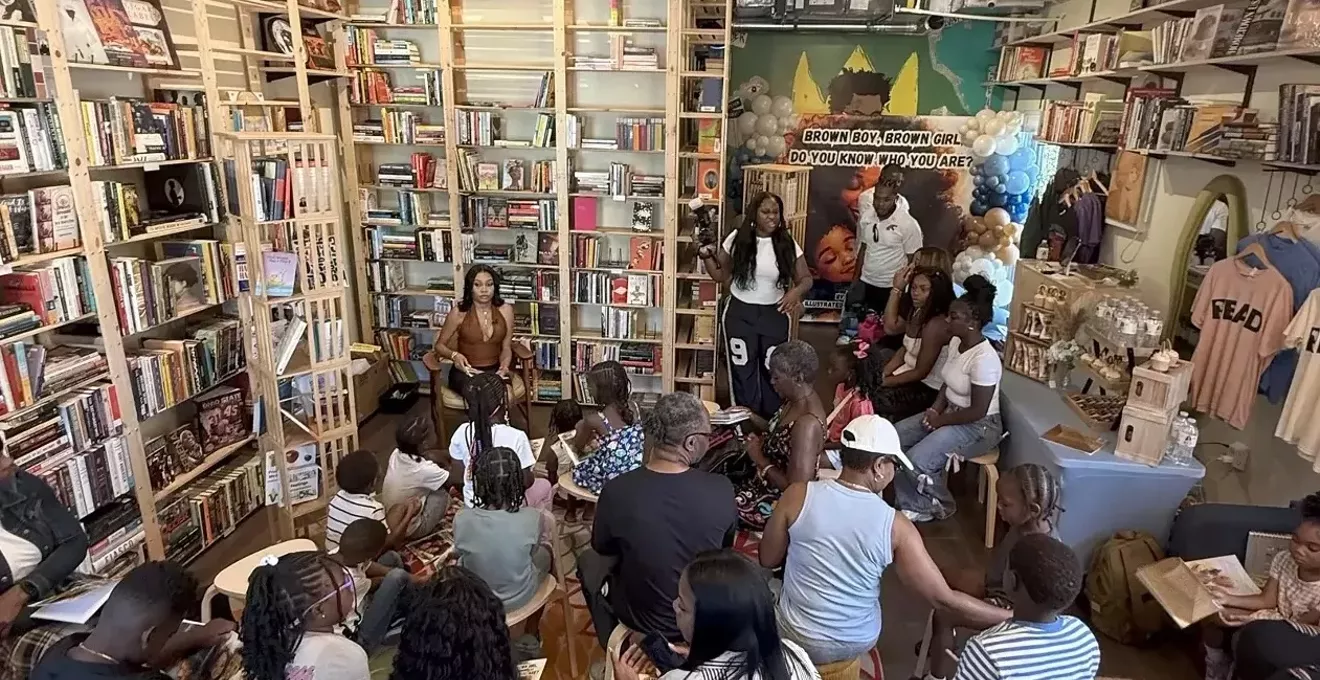
Speaking of happy places...Temporary Protected Status has been restored for nearly 1,000,000 refugees.
U.S. District Court Judge for Northern District of California Judge Edward Chen blocked the removal of Temporary Protected Status for 900,000 Venezuelans and Haitians living in the United States, having fled "ongoing conflict, environmental disaster, or extraordinary and temporary conditions." In the case of Haitians, many of them fled– often to South Florida– after a combination of both armed conflict and a devastating earthquake.
Venezuelans– who frequently reside in one of the fastest growing cities in America, Doral, Florida, often called Doralenzuela due to the large number of Venezuelans living there– are a large and important minority in the Greater Miami region.
Haitians have been in South Florida as long as anyone, helped build Miami from its beginning. The Haitian population is large enough that most public spaces like hospitals and civil offices like the DMV, have signage in Haitian Creole along with Spanish (Florida's original European language) and English.
Haitians and Venezuelans make this place happier, better. It's a good day that they have received some relief.
Hopefully, it will last as long as they need. Hopefully, the lands they were born in will be safe for them to return to. Right now, Venezuela and Haiti are, unfortunately, quite unsafe.

Bear
the History Hound Finds

